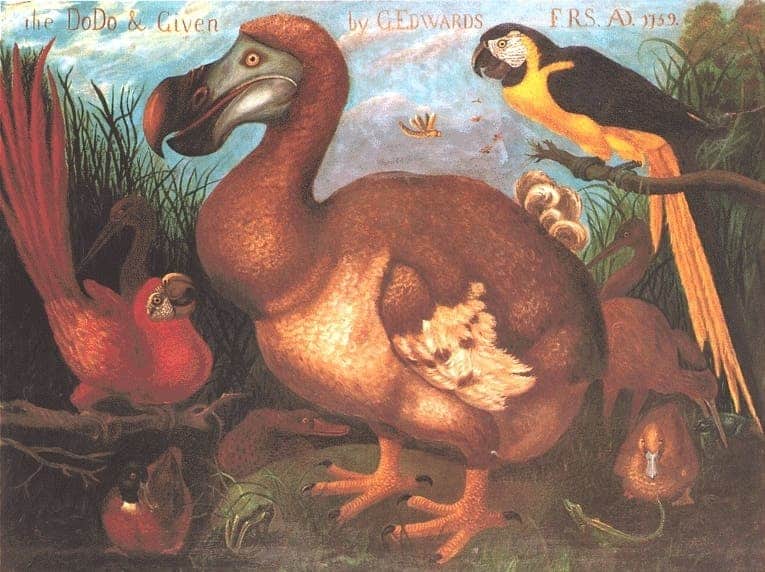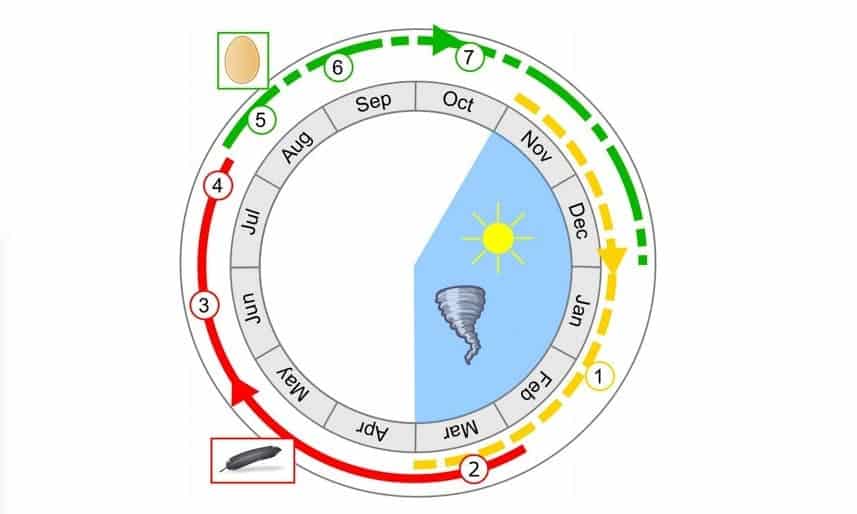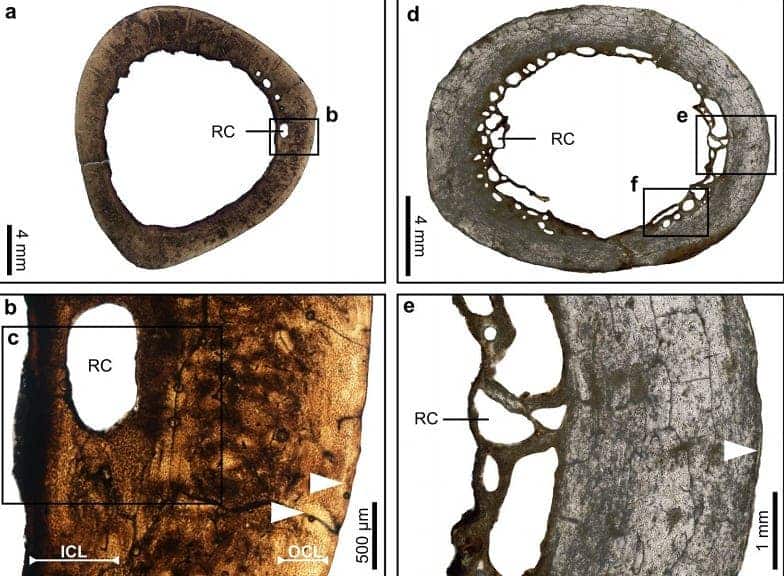
In 1598 a ship of Portuguese sailors landed on the island of Mauritius where they were struck with amazement at the sight of an unknown, huge bird species. It didn’t take them longer than 100 years to wipe out all the birds from the face of the island and evolutionary history. Now, centuries after this landmark species known as the dodo (Raphus cucullatus) was hunted to extinction, scientists have amazingly come to learn intimate details about the bird’s life cycle and biology.
Extinct but not forgotten
Over time, the dodo has become a symbol of wildlife conservation. Artists have immortalized its bulging beak and plump body in countless instances. Many conservation NGOs and even a popular environmental news outlet (The Dodo) use the bird for their logo or namesake.
But despite all of this, we really knew very little about how the bird lived, what it ate or how it bred. There are of course historical accounts of the birds that tell us what its plumage or eyes looked like but the gaps have always been left to speculation. But not anymore.
We now know that the dodo’s whole life cycle was adapted to the capricious weather on Mauritius where the austral summer between November and March can be very harsh with food being hard to find. Once summer was gone, the birds began shedding and replacing their feathers. By July, the dodo was ready for its next reproduction cycle with a new set of plumage to boot. In August, females would have already laid eggs ready to hatch in September, offering ample time for the younglings to get strong and grow feathers before the next austral summer.

All of this was made by possible thanks to the efforts of study leader Delphine Angst of the University of Cape Town in South Africa. She and colleagues studied cross-sections of 22 leg and wing bones, thought to be from 22 different dodos.
Some of the remains belong to juveniles, as evidenced by the richness in fibrolamellar bone which is packed with immature bone cells. Other bones bore large cavities that suggest calcium was extracted from them — usually a clear sign of a molting cycle.
This explains why early Mauritius sailors related conflicting stories of the dodo. Some would report the birds had downy black plumage while others would recall the dodo had real feathers. Well, sailors simply must have witnessed the dodo in various stages of its molting cycle.

What’s more, the researchers were also able to identify two of the bones as belonging to females. Such bones contained an extra piece of tissue called medullary bone, which is a vital source of calcium when birds have to make egg shells. This tissue appears inside the bones when the birds were ovulating so not only were Angst and colleagues able to infer that the samples belong to females, but also glean information about their reproductory cycle.
“Before our study the only things we knew about the ecology of these birds was that they were a big pigeon [with a body mass of] about 10 kilos,” Angst told The Guardian.
The findings appeared in the journal Scientific Reports.



